You may also like
View all5 Things to Consider Before Dropping Off Your Quilt for Your Longarmer

Many experienced quilters know instinctively how they want their quilt longarmed. For others, each quilt presents a new challenge to figure out how it should be completed to make it perfect. Here are a few questions to consider before you meet your longarmer for a consult (or before you send it by mail). Click here to see some ideas for preparing your quilt to take to the longarmer.
How much do I want to spend on longarm quilting services?
Price will vary between different longarmers and will depend on how you want your quilt completed. Consider how your quilt will be used. Do you want to enter it in a show? Will you want it to be a family heirloom to be treasured for generations to come? Is it for a special gift, such as a wedding? If any of these are the case, you may want to choose custom quilting instead of an edge-to-edge design. Custom longarm quilting services will be more expensive and it may take much longer to complete, but might be worth it in the long run.
On the other hand, if this is one of many quilts you are trying to move out of the stash of completed quilt tops in your sewing room (come on, you know what we’re talking about), or it is a lap quilt that for your kids to use while they watch tv on the couch (and eat snacks and snuggle the dog) you may want to go with a simpler and less expensive edge-to-edge design. Play with the online quilt builder to build your perfect quilt!
How big/dense do I want the quilting?
Tighter or smaller quilting patterns can make the quilt stiffer, whereas looser or larger patterns can make the finished quilt more pliable and soft. Neither is necessarily better, but you should think about this when considering a quilting pattern. Also, consider the quilt top: Is it very busy? Is it a large quilt? Is it a small quilt? All of these can play a role in determining the size and density of your quilting pattern.
What kind of thread do I want?
Different coloured thread can make a huge difference to the look of the finished quilt. Consider whether you want your thread colour to blend in or to stand out. There is no right or wrong answer – it is a matter of preference. Some quilters prefer neutral thread so that it blends with the quilt top and doesn’t overpower the beauty of the quilt itself. Some quilters prefer a bright coloured or contrasting thread that shows up over the quilt top or in the negative space on the quilt. This may be something to consider at the same time you are selecting the edge-to-edge pattern, because different thread could change the look of a quilting pattern. Variegated thread is another option. Again, it is a matter of preference, but remember that if you select a longarm quilting pattern that had a lot of backstitching (where the pattern goes one way and then back the other way on top of the same stitching) this may reduce the overall effect of the variegated thread. Play with the online quilt builder to pick your perfect thread choice!
What type of batting?
There are so many different battings available. Cotton, wool, bamboo, and many more, plus blends of different fibres. Which one is right for your quilt? Consider the weight, loft, durability and washability that you will need for this quilt. For example, a wall hanging or table runner might be better with a thinner batting, while a queen size bed quilt for someone who is always cold might lend itself to a thicker batting (or even double batting). Ask your longarmer if they have a preference or a recommendation for your quilt. Some longarmers may have a batting that they supply at a good price – or it may be included in their quilting cost. Again, there is no one answer to this question. Some quilters have a preference – a standard “go to” that they use all the time. Some use different batting for each quilt. Shop all batting choices now!
What should I use for a backing fabric?
Start by considering the purpose of your quilt. Is it more of a decorative quilt, or is it intended for everyday use? Will it be on a bed, or used as a cozy couch blanket? What fabrics were used in the quilt top? For example, if the quilt top was made with batiks, you may want to consider a batik wideback for your backing. If the quilt is intended to be on the bed in a spare bedroom that will not be used too often, a cotton backing would likely be just fine. However, a lap quilt for the cottage might be better suited to a flannel or cozy knit backing.
Colour is also a consideration. Do you want a neutral fabric that will blend and not distract from the colours in the quilt top? Or do you want to pick a brightly coloured backing that will pop out and be a fun surprise on the back of the quilt? If the quilt is intended as a picnic blanket, you might want to go with a darker coloured backing and stay away from white or ivory fabric.
Wideback fabrics come in various width of fabric ranging from 60" to 110". These are a great time saver because you don't need to sew a seam in your backing and are a very good value to dollar comparied to yardage. Shop Wideback Quilting Fabrics now!
Sending a Quilt to be Quilted
Remember…. There are no absolute right or wrong answers to any of these questions! Most things are a matter of preference (with a dash of practicality thrown in). You put in the time and effort to make your quilt tops, and your longarmer wants to help you to finish them in a way that will make you feel great about them!
The Archives
Sending Your Quilt to be Quilted
Many experienced quilters know instinctively how they want their quilt longarmed. Here are a few questions to consider before you meet your longarmer for a consult (or before you send it by mail).
Top 10 Ways to Use Wideback Fabric
Wideback quilting fabric is usually the fabric on the bottom layer of the quilt sandwich, as you will see below there are numerous other ways to utilize this awesome fabric choice!
Love Your Longarmer - Quilt Backing
What do you like on your back?A surprise? Pieced? Leftover blocks? The possibilities for backing choices are as endless as the creativity used in making your quilt top! Discuss with your long armer what they like to see from your backing.
Love Your Longarmer - Piecing Techniques
Longarmers have a love-hate relationship with borders.. if done properly they help square your quilt, if not they make your quilt very difficult to complete.


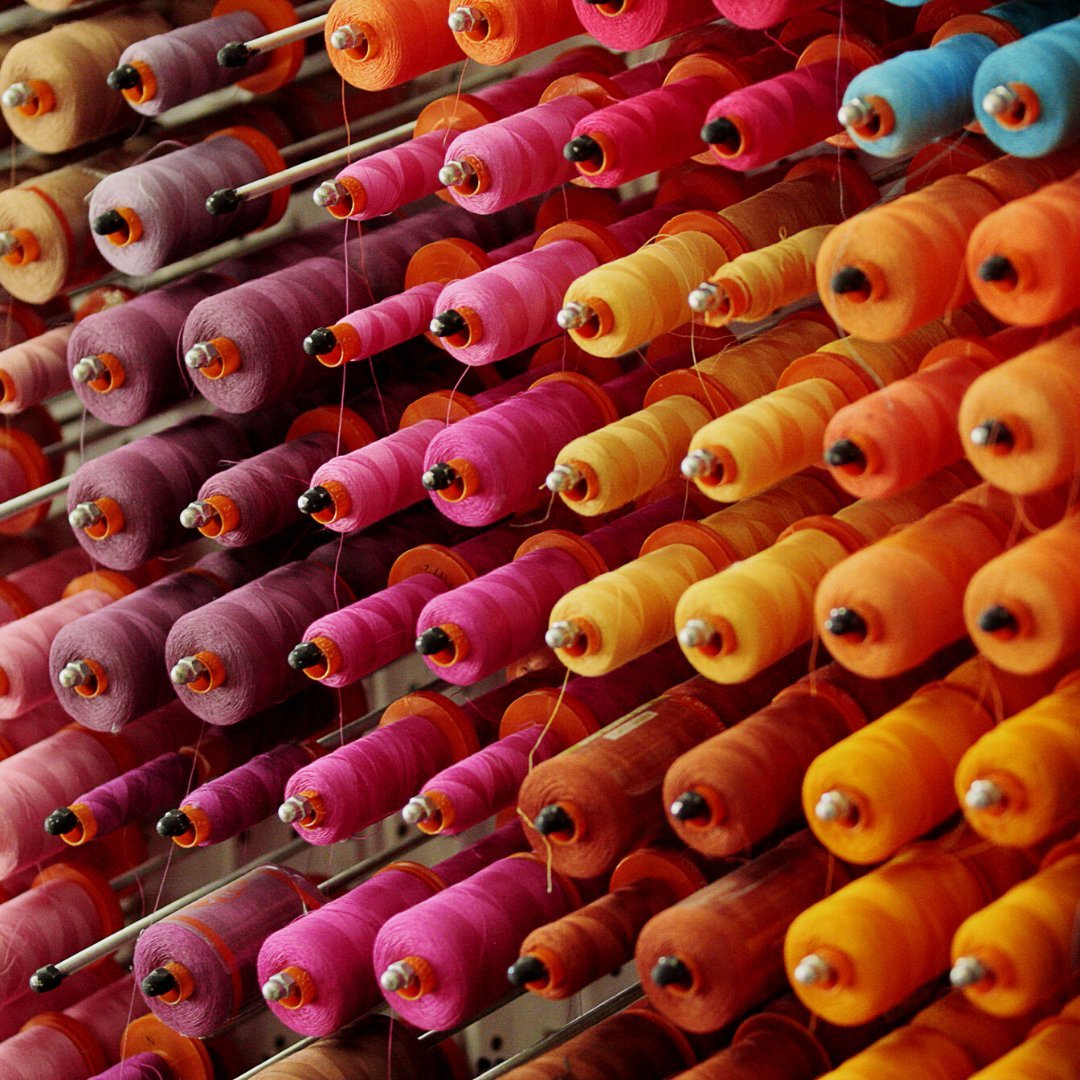
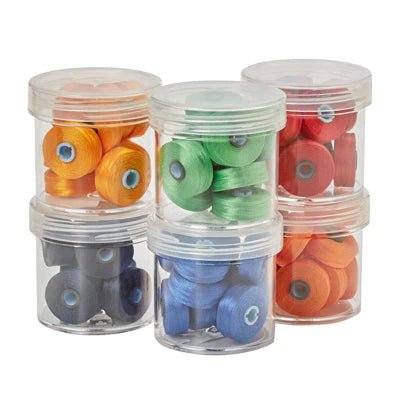
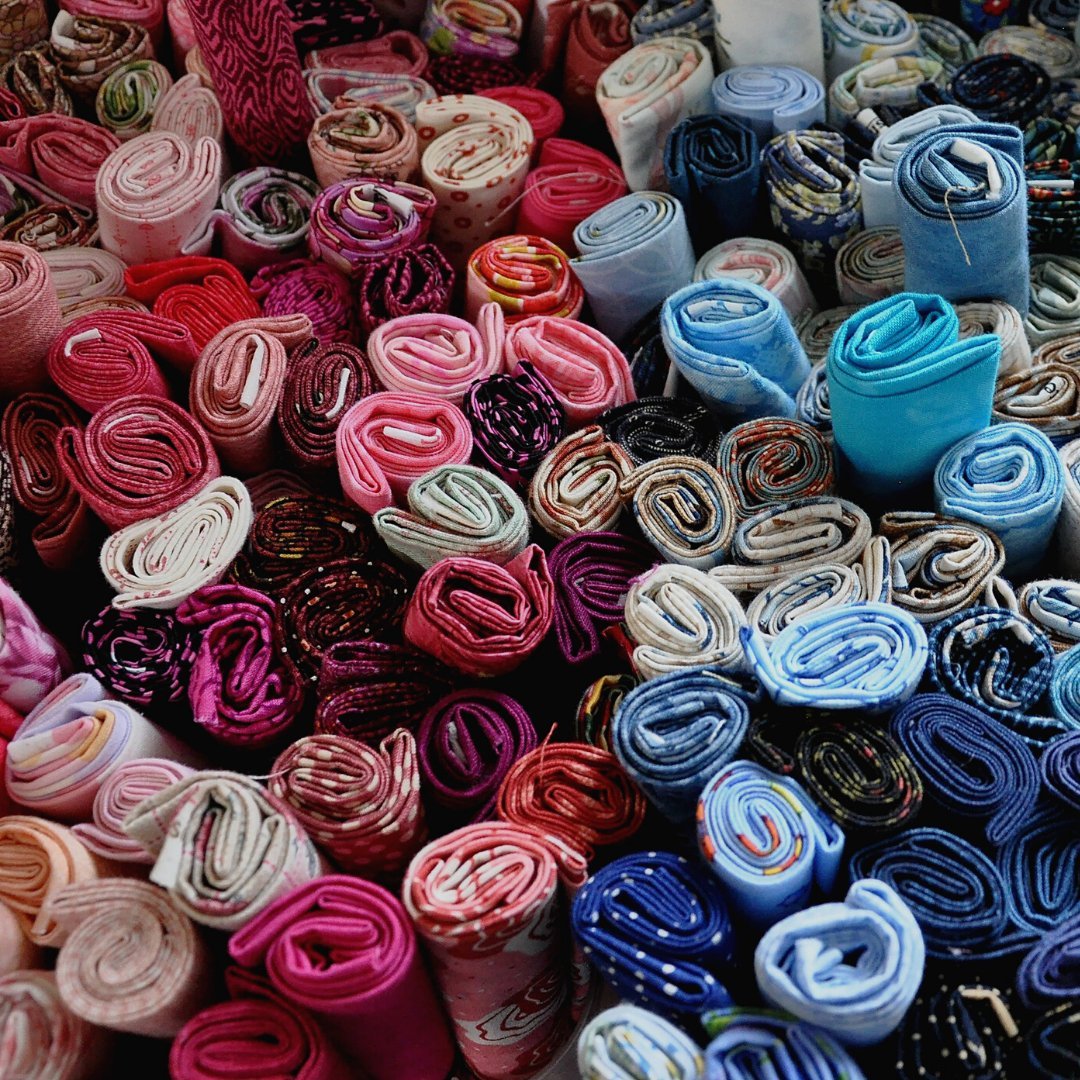
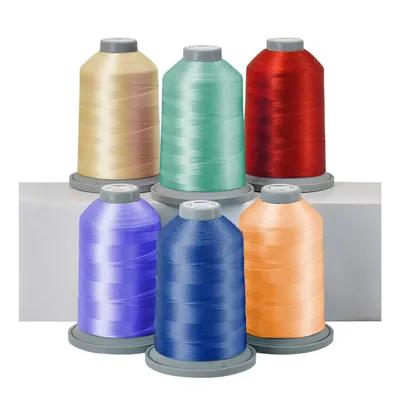
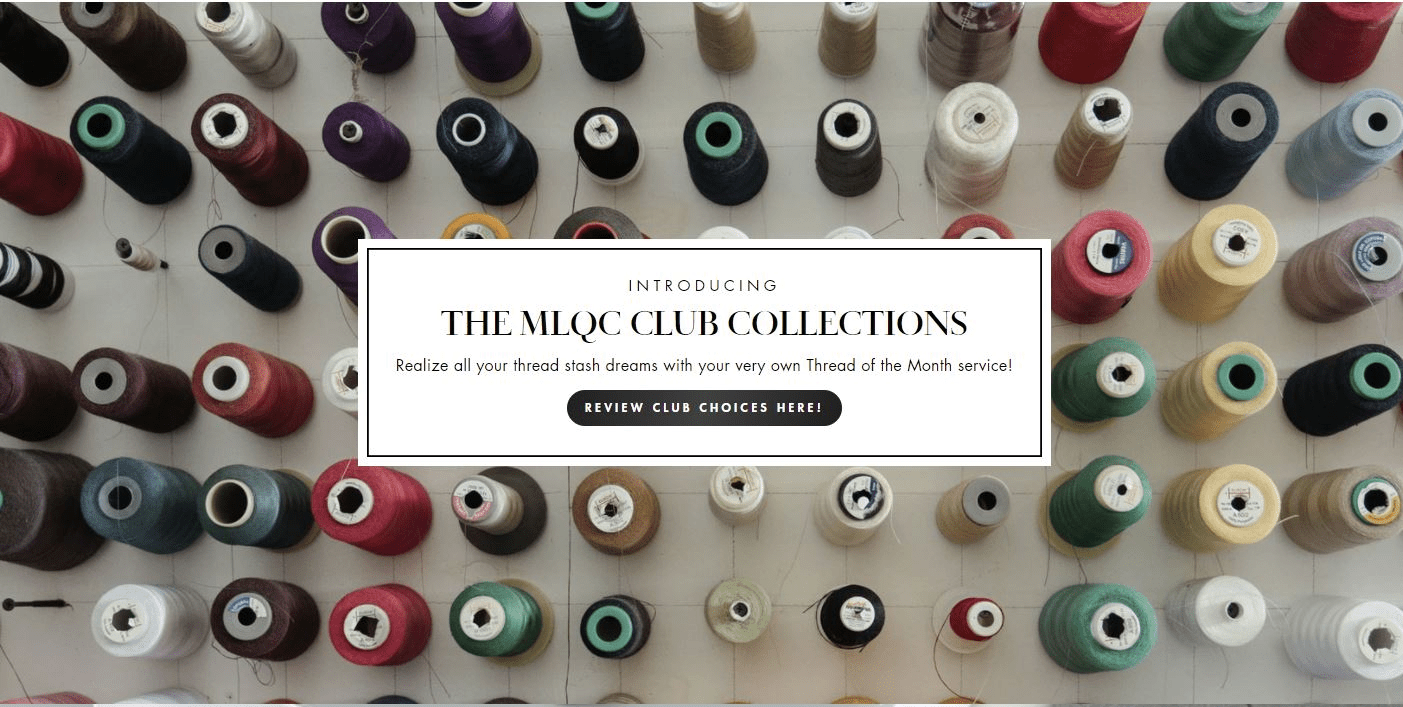
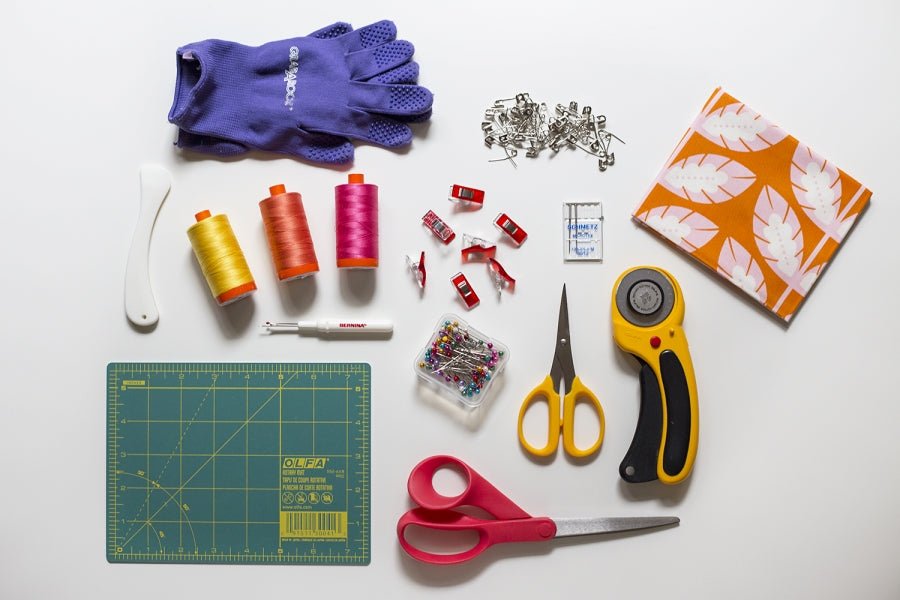
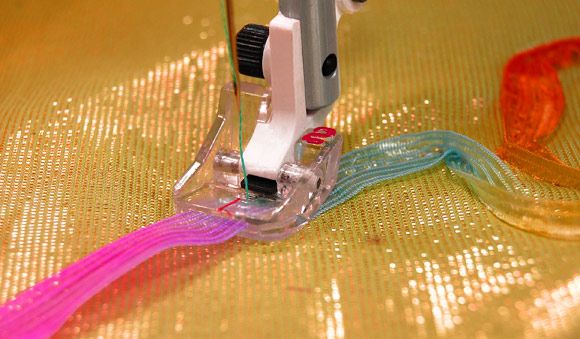
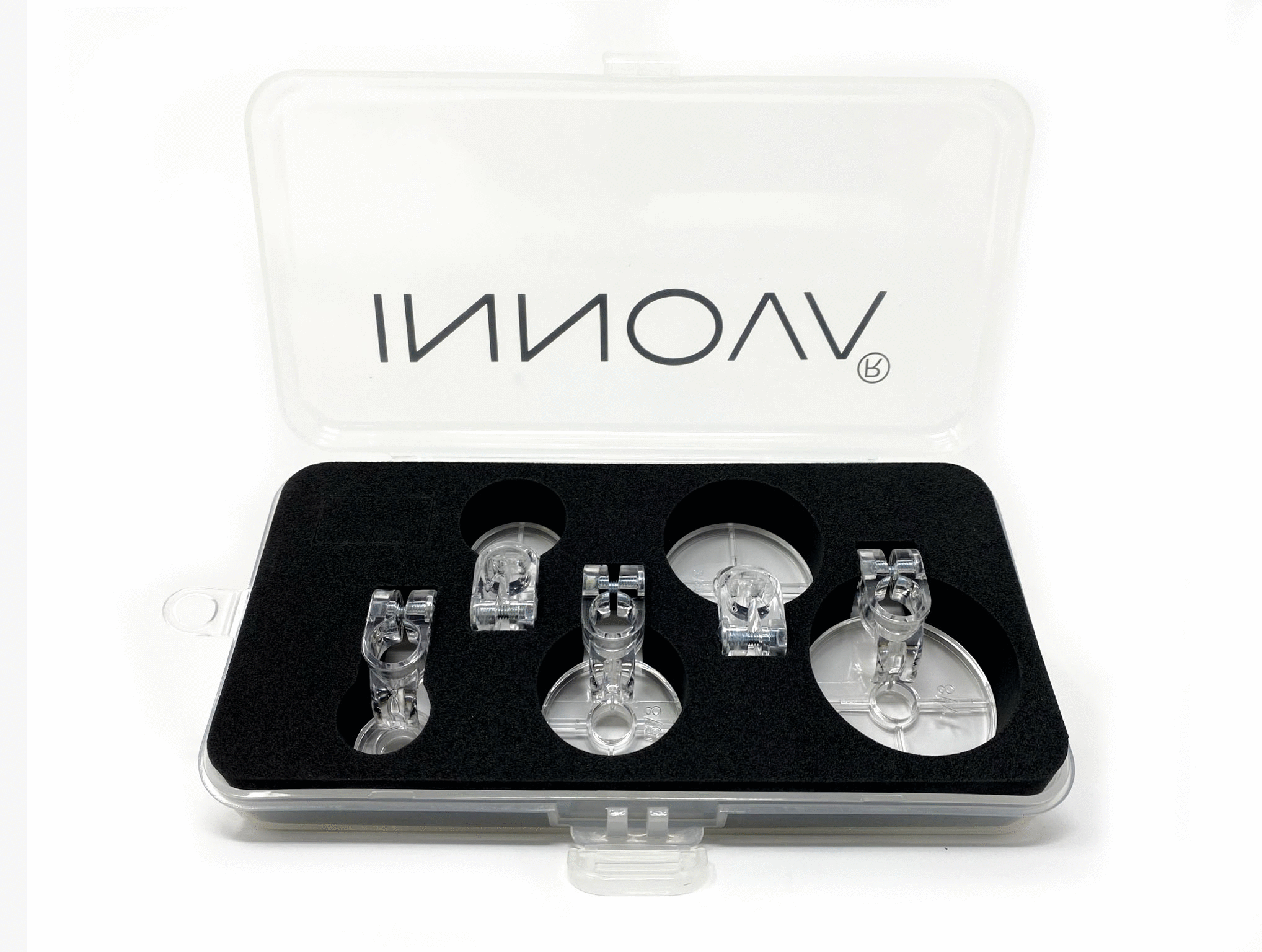
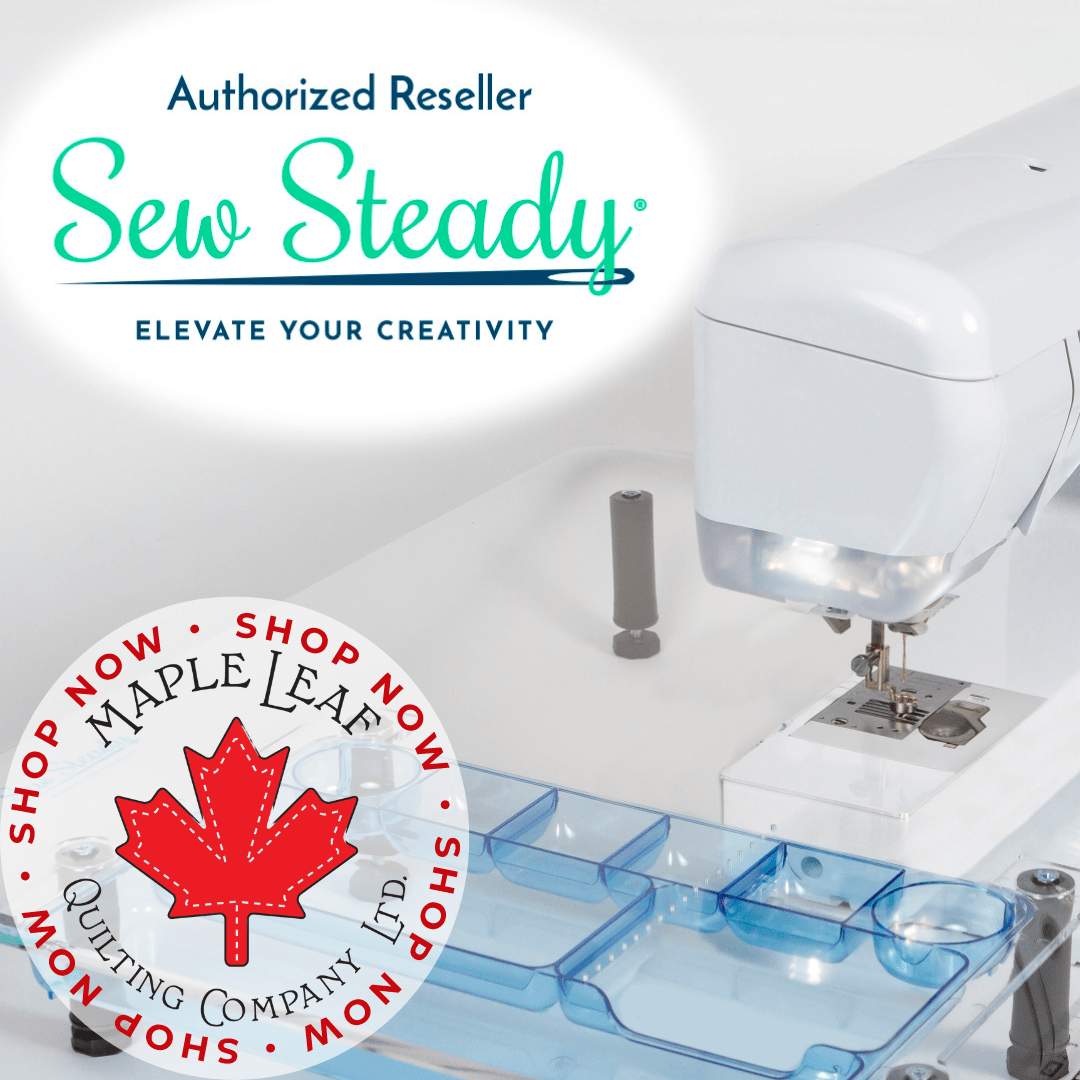

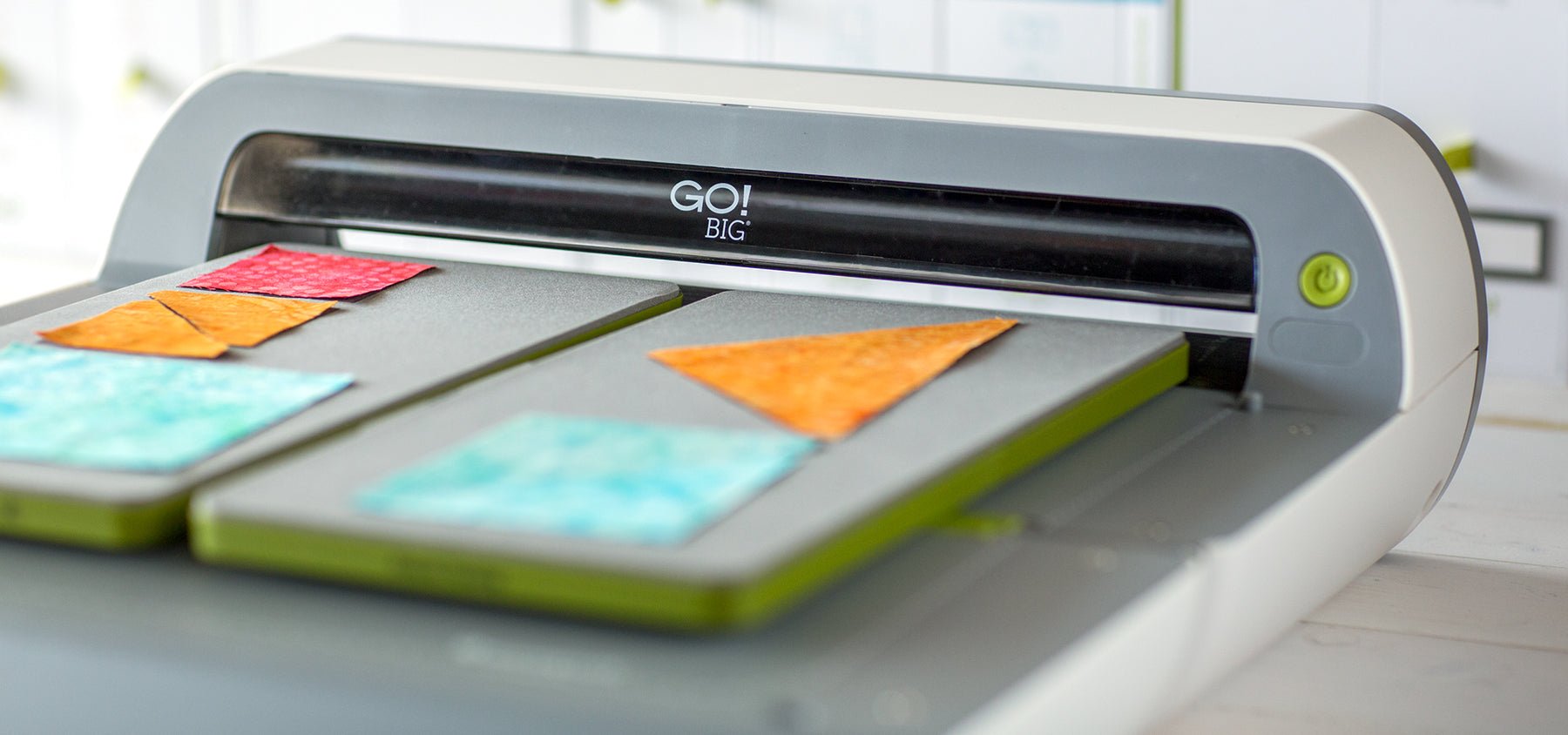
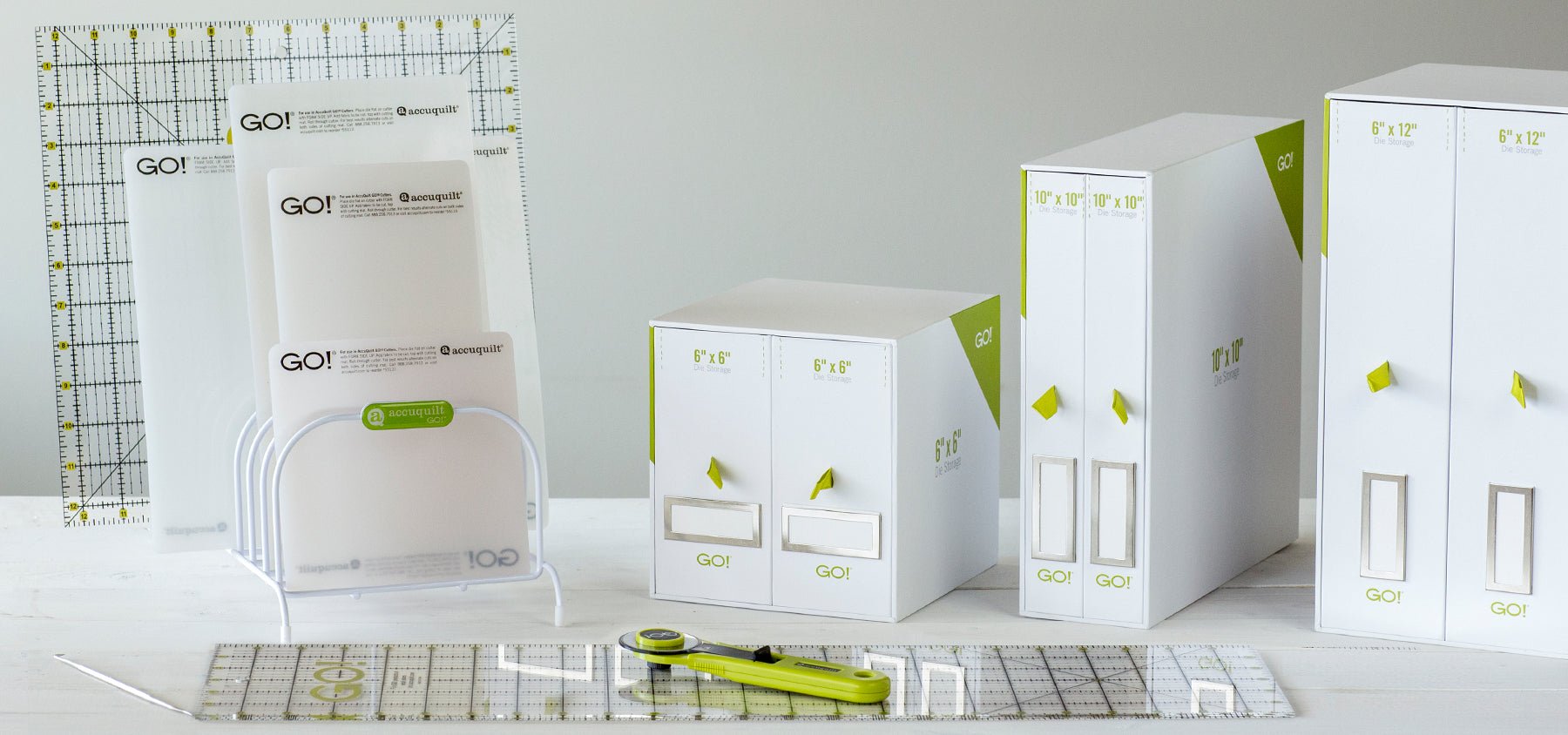
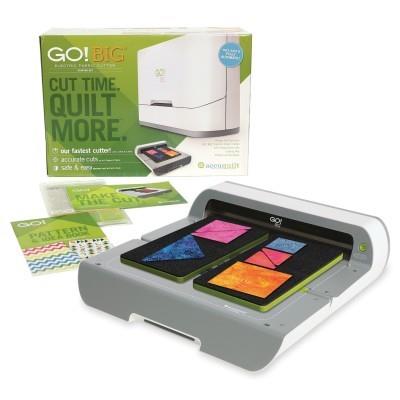
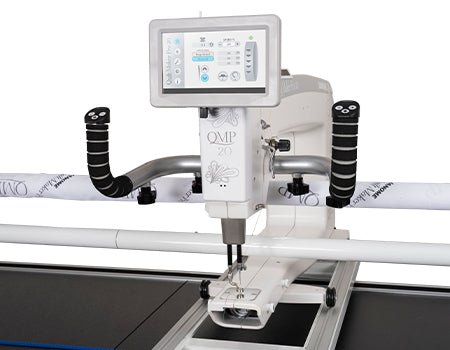
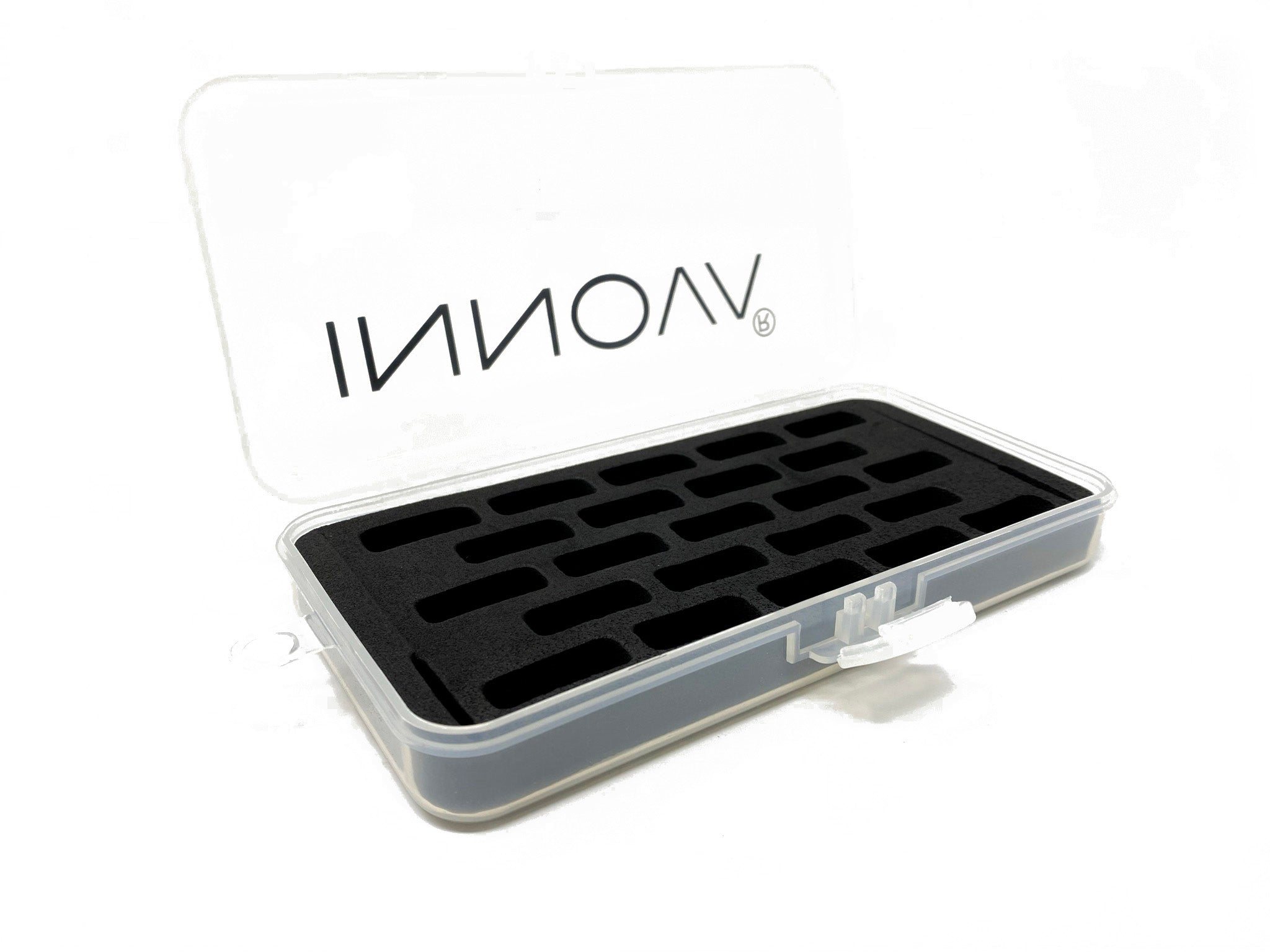
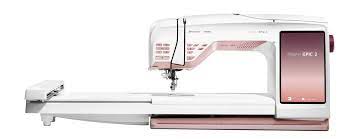
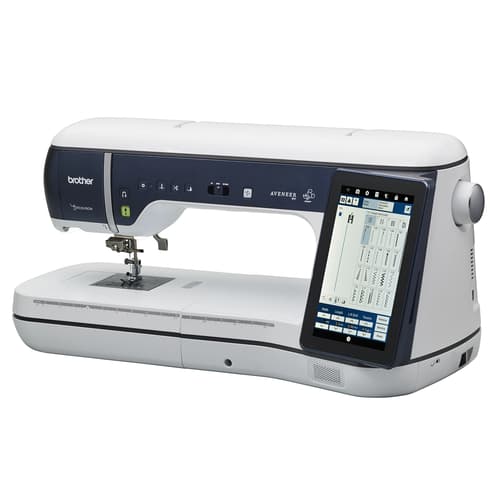
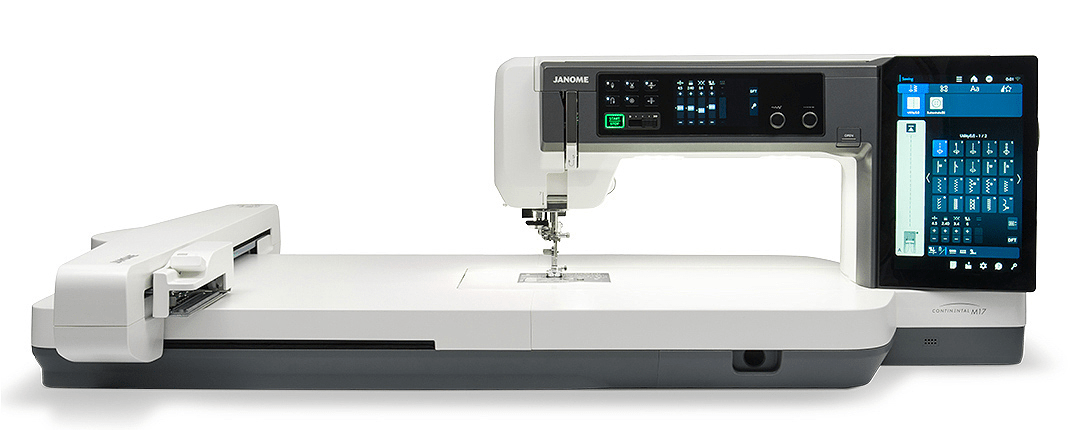
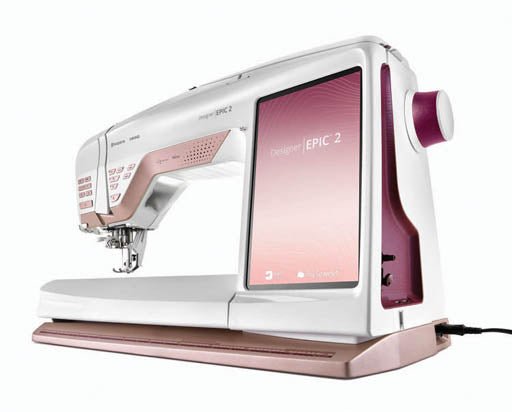
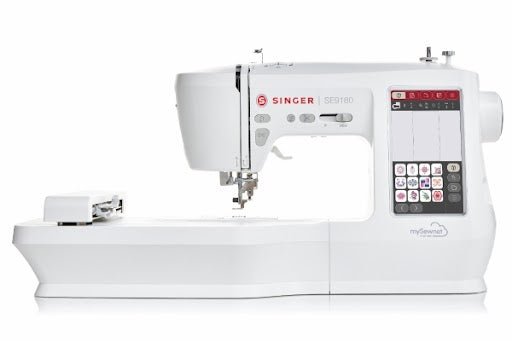




Leave a comment